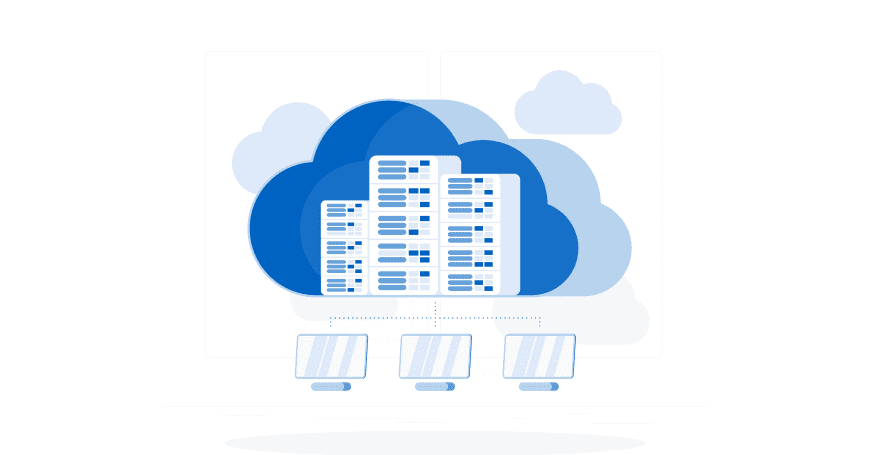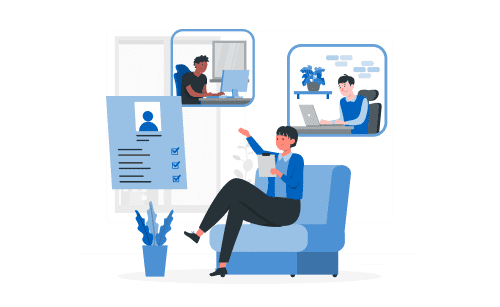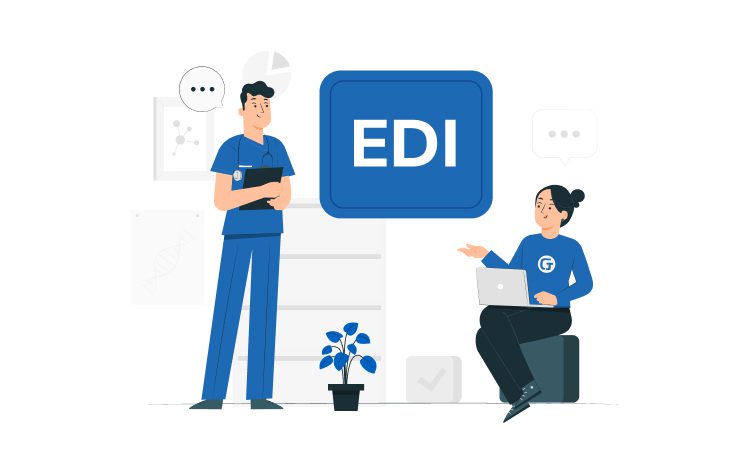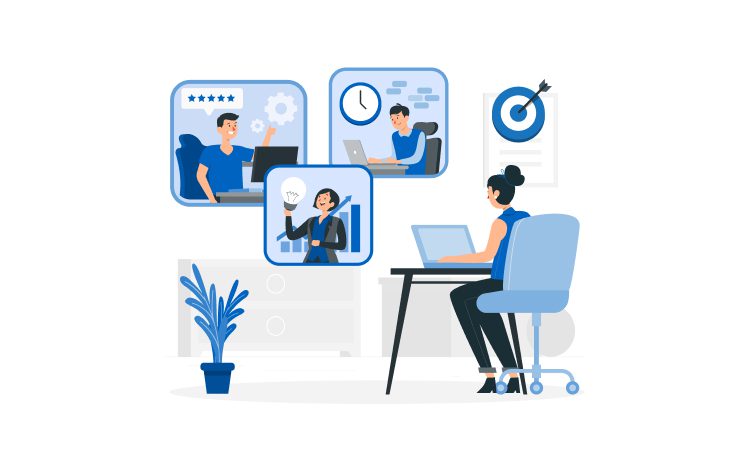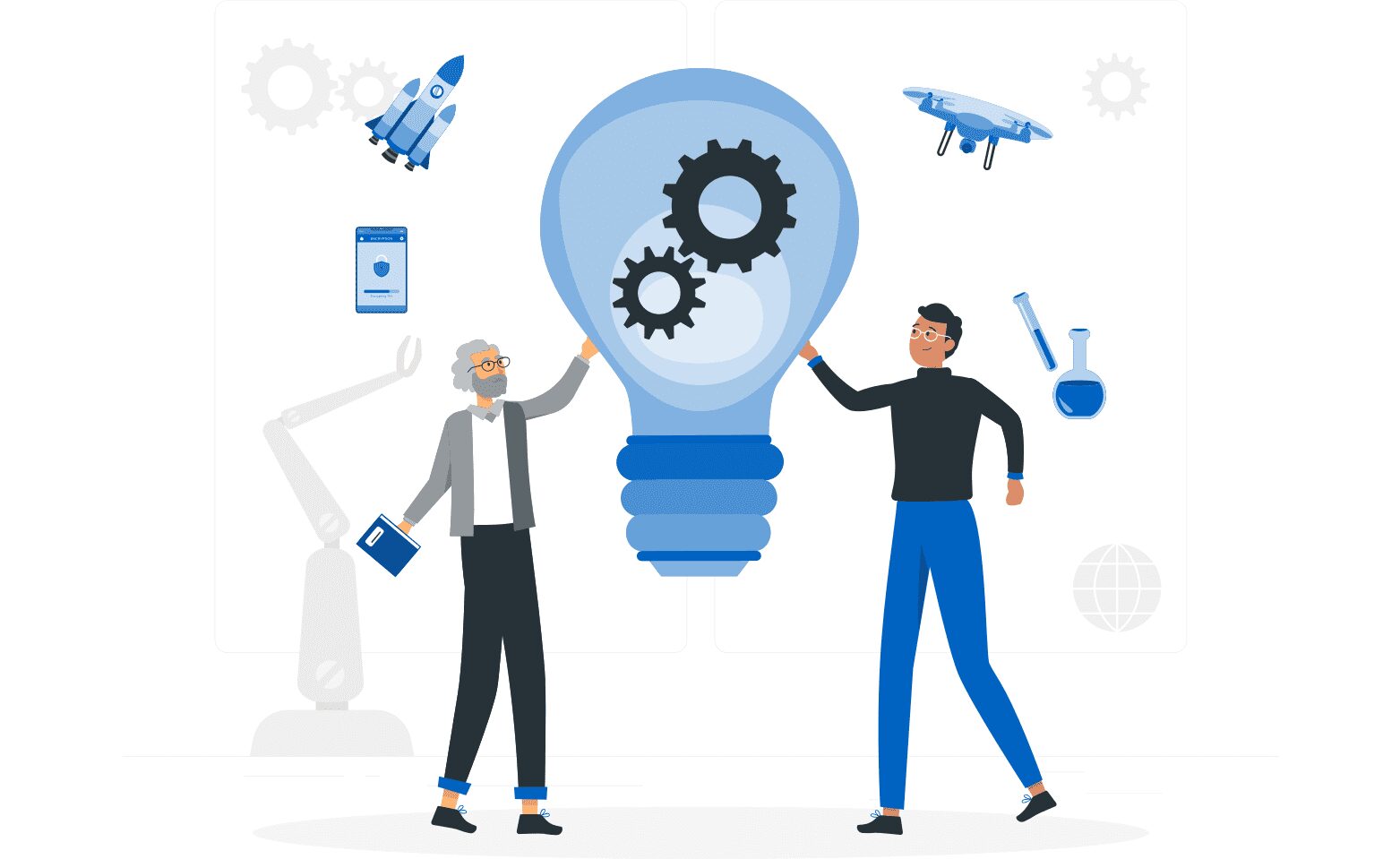
The Future of Software Development: Challenges, Technologies, Trends 2022-25



If we had to pick one industry that should not be complaining about COVID consequences, it would definitely be SaaS. Interestingly, assessments of the SaaS market size and forecasts of its near-future growth are scattered across a rather wide range — from $225 bln back in 2020 to over $700 bln by 2030.
According to somewhat middle-of-the-road calculations presented in a 2021 Report by Gartner, only cloud services alone would be able to generate the expected $480 bln by the end of 2022.
Due to this explosion in growth, the SaaS industry has become the trendsetter in everything that concerns business optimization, boosting productivity, and eliminating unnecessary costs. However, setting trends and upgrading technologies for everyone does not come without their own set of challenges.
Let’s take a closer look at the current state of affairs within the SaaS sector and the software development trends of the coming three years.
Content
These days, the future of software engineering is mostly being shaped around one word only — the cloud. Cloud-native apps, a cloud-first approach to development, cybersecurity within cloud services, cross-cloud architecture — these are the areas that get the most of everything — demand, profits, R&D interest, and vacancies.
When considering a non-tech business user, cloud services mostly mean G Suite, Dropbox, and similar solutions. However, cloud technologies have come a long way in the last couple of years, and the near future of cloud computing is much more sophisticated. So, what is driving cloud computing right now?
First of all, there are three equally popular types of clouds — private, public, and hybrid.
A public cloud is a shared, cross-organizational environment — freely accessible and both highly scalable and flexible. Amazon, IBM, Google, and Oracle offer business services based on public cloud principles.
As the recent incident of AWS’ downtime clearly showed, public cloud infrastructure is far from being 100% reliable and has its own issues with data security and control. This has become the major reason why in 2022-2025, the number of private clouds is expected to grow.
Private clouds are much more secure and often more customizable as well. However, these benefits come with a certain price tag, and their deployment time is usually longer than with public clouds.
Corporate customers, especially those with data security and compliance concerns, would still be more inclined to choose private clouds for their business purposes. All others are likely to gradually switch to hybrid solutions.
Both hybrid and multi-cloud environments are clearly the number 1 trend in the cloud computing sector overall. Their growth in the second half of 2021 to early 2022 has been over 200%.
The hybrid cloud is an application that combines several mutually complementary environments.
Various software integrations with Google Drive are the most obvious examples of how many of us are already using hybrid cloud solutions without even realizing it.
Cisco is another, slightly more sophisticated example. The Cisco hybrid cloud has the on-premise infrastructure (that is, guaranteed security of a private cloud) and at the same time, is also offering a vast array of additional business integrations that are either hybrid or public.
And this is exactly the direction that all software engineering is now shifting. That is, leveraging the enormous opportunities of public infrastructure and the open-source, without any sacrifices on the side of data security and legal compliance.
But how can this come to fruition? Introducing cross-platform development, another tech trend that is gaining momentum in 2022.
Cross-platform development stands for exactly what it sounds like and does not require much explanation, even if you are not a programmer. This is the practice of software development and services on several platforms or within several environments simultaneously.
On the level of daily business operations, this basically means universal compatibility: you can be on Windows, Apple, or Linux, using a desktop, tablet, or mobile, and your software solution is expected to operate in exactly the same way.
Just because there are only so many cross-platform solutions does not mean that the IT industry’s technology stack is narrowing to cover just a few of the most universal solutions.
In fact, the trend is exactly the opposite. Due to the intensive development of cloud computing and constantly changing requirements to cybersecurity, developers are constantly having to expand their tech stack.
Let’s take a look at some of the most impactful technologies that are here to stay for the next 3 years and those that are on the rise.

AI and machine learning development have been, for some time, accompanied by a rather scary urban legend — robots stealing 50% of all tech and manufacturing jobs, rising unemployment, lower pay in the related industries, and so on. The lockdown economy of 2020-2021 clearly showed that this is not the case, In fact, far from it.
Artificial intelligence has indeed eliminated some routine tasks and mundane processes. At the same time, AI has also introduced a range of brand new professions and areas of human-only work — data analysts, chatbot developers, AI architects, data miners, business intelligence professionals, and more.
This segment of new vacancies has been gradually expanding since 2021. For the period of 2020-2022, 150,000 new AI-related jobs were added to the global market every three months. Over the next two years, the number of these jobs and vacancies will continue to steadily grow.
Low-code and no-code development solutions provide business users with pre-built software solutions that can then be flexibly integrated into existing business workflows.
Low code, as a software development principle, is not exactly new to the market. However, it suddenly became especially relevant during the pandemic — primarily because millions of home offices worldwide didn’t have their own IT department.
Low-code solutions thus became universal tools that allowed nearly instant reconfiguration of previous business workflows so that they could fit into the abruptly changing business conditions.
The promise of no-code promise goes beyond this. Despite the naming, no-code solutions still require coding skills. But only at the initial stage of development (and occasionally, the involvement of solution engineers during the deployment stage).
The rest of the no-code process is very much visual and thus graphically clear.
No-code solutions today serve as yet another proof that ongoing digitization and sophistication of software development do not eliminate jobs, rather they create new ones. With no code, any of us can build a mobile app, a chatbot robot, an e-commerce platform, or even a software solution of our own.
What once started as a fancy digital addition to your international travel documents is now becoming a universal security tool for both business and personal purposes.
According to the expectations of security professionals, by 2025, almost 75% of all businesses will drop the use of traditional security passwords altogether. Eye, voice, and facial recognition tools will gradually phase out all other methods of authentication and verification.
Interestingly though, fingerprint-based technologies seem to be a thing of the past already. Fingerprint verification technology has been cracked by hackers multiple times already, thus cybersecurity experts are now in the search of new, more sophisticated ways of biology-backed identification. Today we might only be one step away from DNA-based authentication.
Augmented reality and 3D modeling have expanded beyond simply gaming and design. They are now actively used in construction, education, marketing, and many other areas.
Healthcare was one of the late adopters of these digital visualization tools. Today however, 3D modeling and medical VR tools are getting ever-increasing volumes of attention and investment.
3D modeling and VR/AR tools help medical professionals plan, practice and forecast complex medical operations. 3D tools also help with much quicker and more precise diagnostics. Unfortunately, medical VR tools are not yet easily available in every hospital.
However, they have already demonstrated their extremely high efficiency. And these impressive results are the major motivation behind the focused attention of international investors in this area of research.
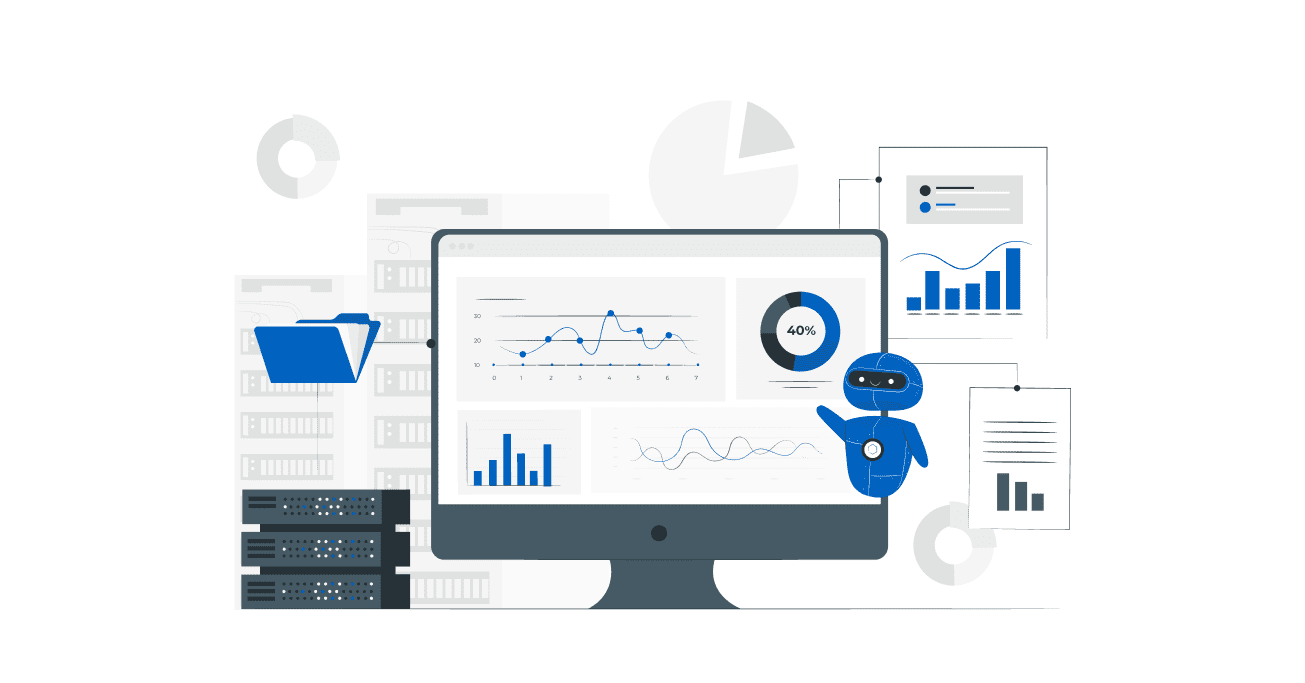
Fintech software development is an interesting place right now — on the crossroads between third-party integrations, blockchain, AI, and machine learning. In other words, fintech development is merging many emerging trends into one.
If you’d like to get a glimpse of the future of cybersecurity and revised personal data privacy, look no further than fintech development.
As this segment is quickly approaching the maturity stage of its development, many fintech apps are losing their unicorn status to become fully operating businesses with strong connections along the line of stakeholders. These include banks, hedge funds, insurance companies, regulatory authorities, and millions of other private individuals using fintech apps.
In simpler terms, this means more of everything — jobs, investment rounds, M&A deals, R&D collaboration projects, etc.
The use of blockchain and crypto technologies in financial transactions and data transfers doesn’t surprise anyone. Now blockchain and crypto are actively expanding into other industries too.
Solar energy distribution within a neighborhood, commodity delivery tracking in supply chains, efficient recycling of plastic waste — these are only a few examples of how blockchain-equipped technologies are making the performance of various businesses more secure, productive, and ethical at the same time.
The market of smartwatches and fitness trackers is forecasted to grow from 68 mln devices back in 2020 to 230 mln devices in 2026. The smart homes market does not have such impressive statistics just yet.
However, its annual growth is also measured in tens of billions of dollars.
Taken together, these current statistics and market forecasts confirm that the once-new market of the IoT is now almost completely reoriented towards the promotion of the so-called Internet of Behaviors.
According to the dictionary definition, the Internet of Behaviors is an area of study that helps researchers understand how our usage of digital technologies is linked with purchasing decision-making.
In plain terms though, the Internet of Behaviors is when your Facebook and Instagram feed lines are showing your ads about the things you’ve just casually mentioned in a conversation with a friend.
While this unsolicited intrusion of robotic business intelligence into our daily lives still shocks many consumers, think of it as an opportunity — more jobs in marketing and sales, better-targeted advertisements which won’t be seen as inappropriate, deeper analytics, and more thorough market insights.
Since none of the software or digital market segments has reached their development plateau yet, growth rates on the SaaS markets are still picking up pace. This is accompanied by the usual benefits of an active growth stage — intense labor demand, increased investor interest, R&D promotion, wide media coverage, and so on.
Apart from these benefits, there are growth issues too. Today’s software engineering challenges can be split into several groups: tech limitations, market limitations, and human-induced ones. Below we explain which have the biggest impact.
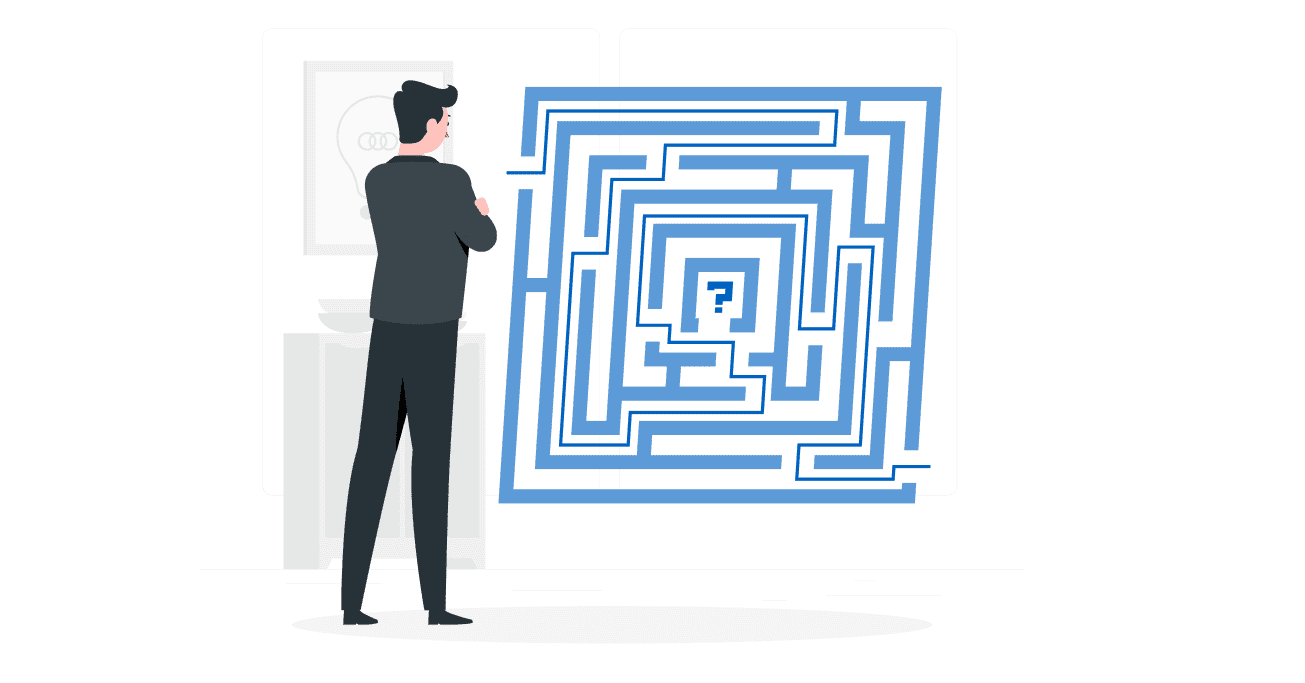
As a matter of fact, the most urgent challenges facing the SaaS market today are mixed in their nature. That is, they are both human- and tech-induced at the same time.
Since the absolute majority of consumers, both businesses and households, have spent the last two years behind a screen, desktop, or [mostly] mobile, the demands on almost every software solution have nearly become a list a mile long.
Nowadays, any new software solution entering the SaaS market has to comply with a range of requirements (and some of them may actually contradict each other):
And on top of these must-have requirements — not all business consumers are actually ready to pay the premium price for services provision, support, and maintenance, primarily because many of them are still recovering from the pandemic.

Today’s IT sector is probably the best manifestation of what globalization really is. Just a decade ago, competition in all digital services was mainly geographical — between countries and regions, in some cases.
This is no longer the case as most IT companies nowadays, both product and outsourcing ones, are represented on at least two continents at the same time, the competition between development teams is predetermined by two factors only — the estimated duration of a project and its budget.
Having a geographically diverse team carries several unbeatable perks: the 24/7 mode of project delivery (starting in one time zone and finishing in another), higher quality of business intelligence for local markets, and flexible balancing of budgets across countries, to name a few. But there are also challenges, of course, such as language and cultural barriers.
Other challenges include differences in business vision when it comes to quality standards, compliance, project design, and management, market pressure due to high turnover rates, the global shortage of senior development staff, the list goes on.
According to a 2020 study by ARS Technica, developers are now managing 100x more code than they used to manage back in 2010.
This ever-increasing maintenance load is accumulating against a rather unfavorable background: high rotation and turnover rates, quickly changing approaches to project management, gaps in soft skills levels, and more.
Many IT managers relent that at least 50% of all resources have to be assigned to backlog maintenance rather than new code. This obviously puts a strain on quality and leads to a situation where larger teams with decades of tech experience lose in competition with startups simply because the latter do not have the former’s backlog problem.
Just a few years ago, open source seemed to be the only possible avenue for the future development of software engineering. Many IT companies made their API libraries completely open source. Developers were increasingly reorienting their work plans on Linux.
However, the following years have proved that competition between IT teams is still competition, not coopetition (a neologism which was once expected to describe the cooperation between competitors).
Conferences are still mostly organized around headhunting purposes. Turnover rates are at an all-time high, and price wars between outsourced teams are still a real thing.
Despite all the human-induced challenges as well as technological limitations, macroeconomically speaking, software development as a business area is still on the rise and probably won’t even reach its peak in the coming 3-5 years. Generally speaking, the future of software development the following areas look to be the most promising in the short term:
